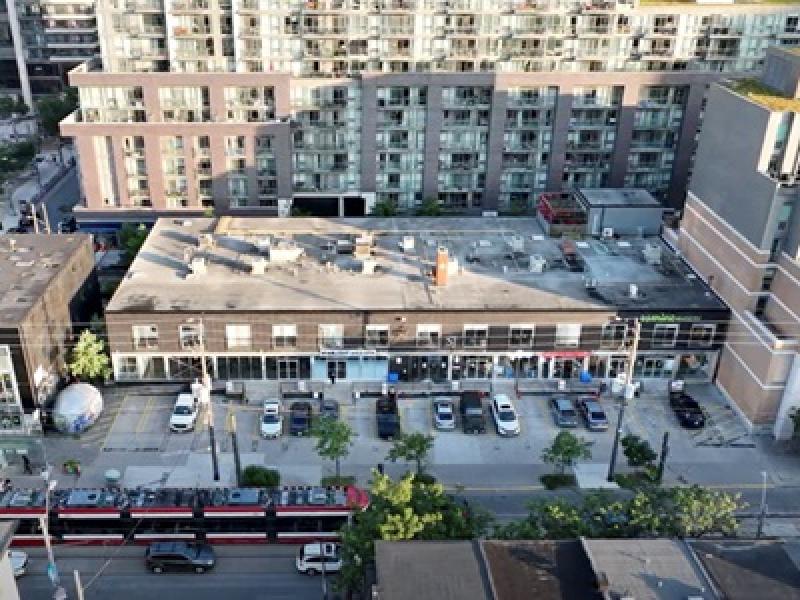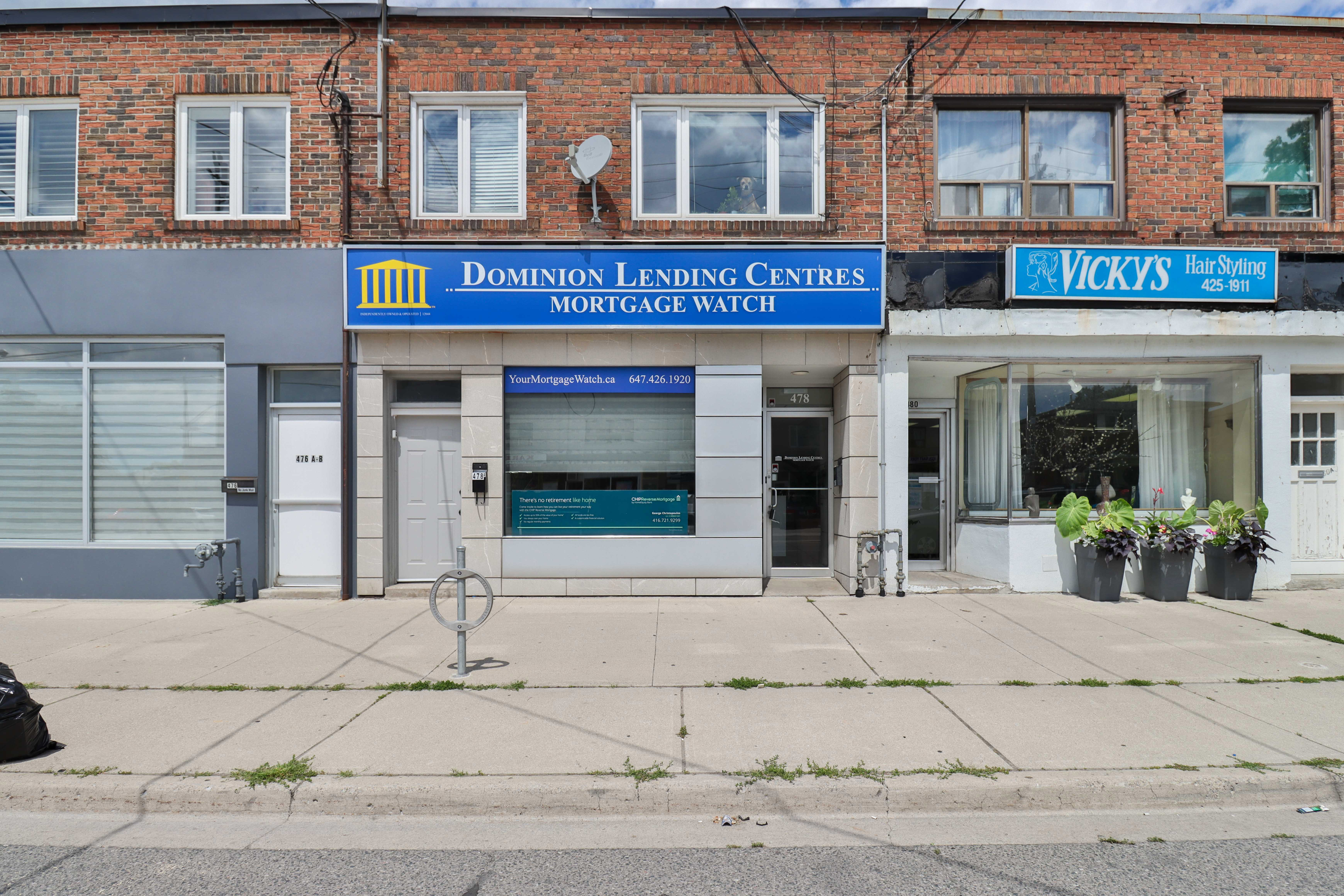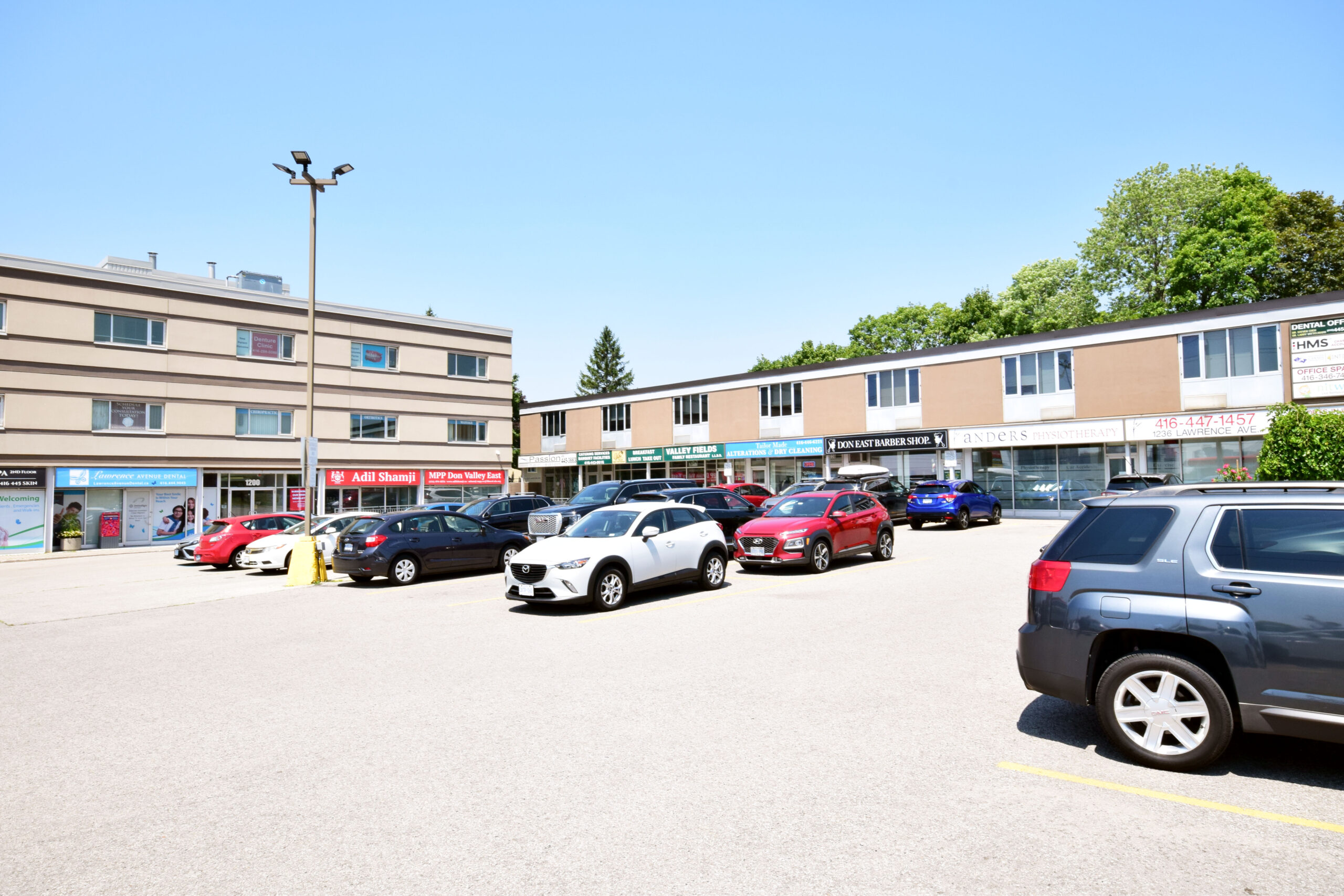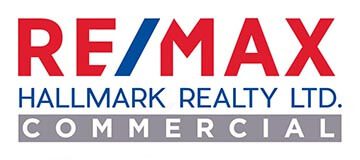Toronto has moved up a notch to No. 4 in CBRE’s latest Scoring Tech Talent report ranking North America’s Top-50 technology markets. Eleven Canadian cities are ranked in the report, including three emerging markets.
Toronto created 95,900 tech talent jobs between 2018 and 2023, representing 44 per cent growth in that period and the most job gains of any market.
With CBRE reporting an 18.5 per cent national office vacancy rate in the second quarter of this year, the sector is not driving a lot of leasing today, but CBRE Canada chairman Paul Morassutti told RENX the tech sector remains very important to the asset class.
“The rationalization of the tech sector over the last 24 months, we think, is very helpful in getting that sector healthy again and preparing for what we think will be a new wave of growth as we emerge from the sort of economic weakness that we’re in now,” Morassutti said.
Tech job growth across Canada
The 1.1 million tech workers in Canada accounted for 6.4 per cent of the country’s total workforce in 2023. The number of Canadian tech workers has increased by 30.2 per cent since 2019, substantially higher than the 7.5 per cent rise in total employment.
Technology sector jobs increased by 1.7 per cent or 18,400 in Canada last year, led by tech management and computer support positions across all industries.
While 15 of the Top-50 markets lost tech sector jobs from 2018 to 2023, only Calgary (78.1 per cent), Ottawa (51.7 per cent) and Waterloo Region (45.5 per cent) posted higher percentages of job growth than Toronto.
Though this tech job growth is good news for the overall Canadian economy, many people in the field can do much of their work remotely so there are still questions about how it will translate into occupied office space.
Morassutti doesn’t think tech office demand will return to where it was late in the previous decade when companies were leasing more space than they needed, thinking they would grow into it. But, he expects leasing to pick up again.
“Most of that demand is going to be for good-quality office assets, not for secondary assets,” Morassutti said. “The future for good-quality space I think is much better than people realize, and the future for commodity and secondary product might be worse than people realize.”
How other Canadian cities ranked
Ottawa, with more tech workers employed in government than in the tech industry itself, moved up one spot to No. 10 thanks to job growth. Waterloo Region, despite its job growth, remained at No. 18. Calgary improved by one position to No. 20.
Other Canadian markets didn’t fare as well. Vancouver dropped from eighth to No. 11, Montreal fell three spots to No. 15, Quebec City slipped five places to No. 40, and Edmonton dropped 10 spots to No. 49.
“All of those tech markets remain very strong,” said Morassutti. “I don’t really think there’s been anything that gives us concern. In fact, I think the research reinforces that in almost all of our major Canadian markets, tech continues to play a very important role.”
The scorecard for the rankings incorporated 13 metrics to measure each market’s depth, vitality and attractiveness to companies seeking tech talent, as well as to tech workers seeking employment. Each metric was weighted by its relative importance to job creation and innovation.
CBRE also ranks the next 25 emerging tech markets on a narrower set of criteria. London, Ont. ranked fourth on that list, with 88.5 per cent tech job growth in the past five years, while Halifax appeared at No. five and Winnipeg came in at No. 13.
Growing importance of artificial intelligence
Artificial intelligence (AI) is rapidly becoming a catalyst for growth, driving new tech talent hiring and office space demand. Toronto, Vancouver and Montreal are Canada’s leading AI markets, accounting for 60 per cent of the country’s 41,374 AI tech jobs.
“Over the last 12 months, it’s had a much more significant impact on the numbers than it had previously,” Morassutti said of AI’s increasing importance. “We’re seeing an awful lot of AI talent going into companies like banks and real estate companies and law firms as opposed to just being gobbled up by the NVIDIAs of the world.”
The tech industry employs almost half of all AI specialty talent, followed by the professional and business services and financial activities sectors.
“In Toronto we are working with several AI companies that are looking for new space and more space,” Morassutti noted.
Bigger political and economic issues
Morassutti said some of the Canadian government’s new policies — relating to immigration and foreign students and workers, a capital gains inclusion rate change and more — have raised concerns that “the economic backdrop in Canada is becoming less conducive to innovation and technology companies.
“And there is a greater concern that if we allow that to continue, and if we allow productivity or GDP (gross domestic product) per capita to continue to decline, a lot of this growth that we’ve enjoyed in Canada may end up going to the U.S.”
A housing shortage and high housing costs is an issue that ripples through every aspect of the Canadian economy, but Canadian cities are still considered a bargain and have the eight lowest estimated one-year company costs for tech talent among the top 50.
While talent used to trump cost in the tech sector, Morassutti said that narrative began to change in 2022 when interest rates rose and companies began to “transform from a grow-at-all-cost mentality to a focus on profitability.
“That’s why we’ve had so many layoffs. If expenses are now something that these companies are watching more closely, and Canada is half the expense of the U.S., I still think that very much works in our favour and it will continue to work in our favour going forward.”





















